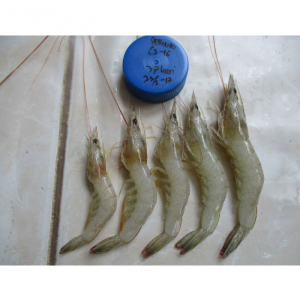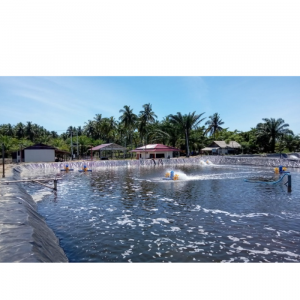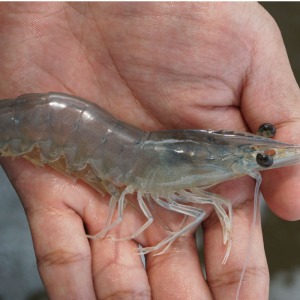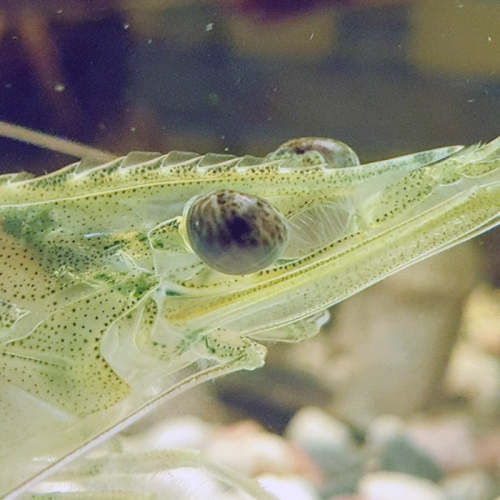
In Short, Cut or Not Cut the Broodstock Eyes?
| Wed, 30 Jun 2021 - 10:00
Artificial reproduction of vannamei in most hatcheries worldwide is through the removal of one eye stalk. Although this facilitates production and increases egg production in industrial shrimp hatcheries, it is not a boon.
Furthermore, it has long been recognized that eye stalk removal can also cause physiological imbalance and affect the immune health of broodstock. Removal of the eye stalk can also reduce the chances of survival of juvenile shrimp during disease outbreaks.
This study and many earlier studies confirm that eye stalk removal not only affects the broodstock, but also negatively affects the juveniles. In light of these concerns, it was found that reproductive performance in broodstock was not affected in the absence of eye stalk removal, through interventions including pre-maturation conditioning, increasing stocking density and change in sex ratio (Zacarias et al., 2019).
Read more: Innovation Award 2020 Finalist: Simao Zacaria's Shrimp Eyestalk Ablation Research
Tests have demonstrated that rapid maturation and re-maturity of female white shrimps without stalk removal can be achieved while maintaining egg production similar to those of peduncated females. eye.
Method of cutting shrimp eyes in traditional seed production
After one week of acclimatization, one of the shrimp's eyes was removed from the females in one tank (AF), while in the second tank the females remained intact without pedicle (NAF).
One week after ablation, mature females from each treatment were collected and placed in tanks with males for mating. The egg hatching success rate in the two groups was 73% for AF and 65% for NAF, respectively. At the end of the larval stage, the final survival of postlarvae was 58.8 ± 5.0% for the AF group and 58.8 ± 5.6% for the NAF group.

Salinity stress testing was performed to assess the robustness of each batch of postlarvae. In this study, postlarvae from the NAF and AF treatments showed similar survival after the salinity stress test. Postlarvae in the NAF and AF groups had a survival rate of 96.5 ± 1.84 and 99.75 ± 0.25%, respectively.
Read more: A New Means to Measure Broodstock
Survival of shrimp postlarvae infected with VpAHPND
The experiment was conducted with 4 treatments:
AF + VpAHPND (2*108 CFU/ml).
NAF + VpAHPND.
AF – Control without adding VpAHPND.
NAF - Control with no addition of VpAHPND.
The survival rate of control shrimp (i.e., not infected) from cut and uncut shrimp after 96 hours post-experiment was not significantly different, survival rate was 100%. However, in the trial with VpAHPND, the survival of postlarvae from pedunculectomy broodstock (70.4%) was significantly higher than that of postlarvae (38.8%) from pedunculectomy brood. at 96 hours. This supports the hypothesis proposed by Zacarias et al. (2019), eye stalk removal can negatively affect the quality of postlarvae shrimp, namely their physiological status.
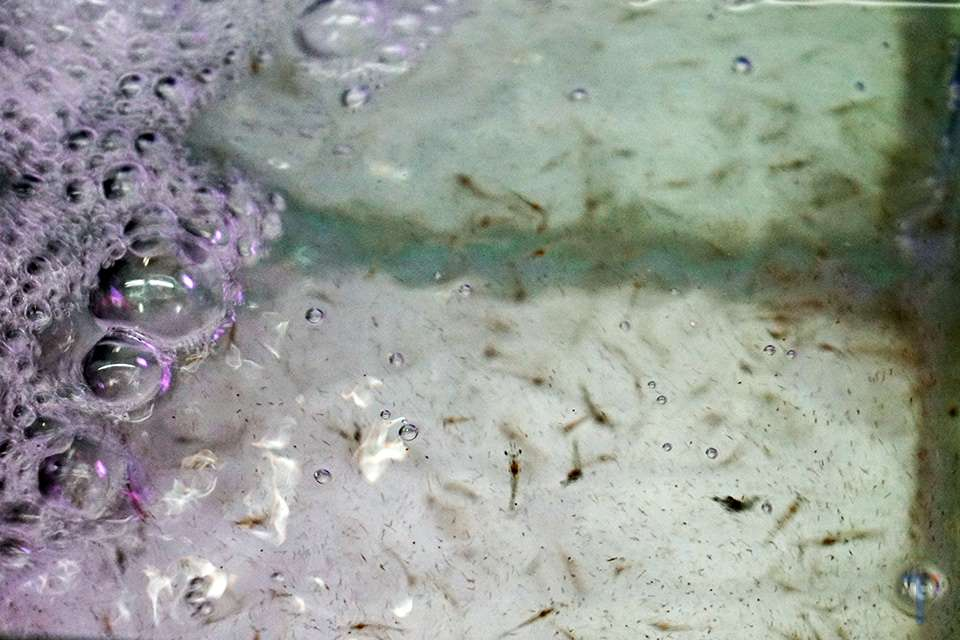
The removal of the eye stalk can negatively affect the quality of postlarvae shrimp.
Experimenting with the virus that causes white spot virus
The challenge is performed with 4 treatments:
AF + WSSV.
NAF + WSSV.
AF – DC not exposed to WSSV.
NAF – DC not exposed to WSSV.
No significant difference was observed in the survival of uninfected shrimp from both groups at 168 h (98% for NAF and AF). However, the groups infected with the white spot virus WSSV had a significantly lower survival rate than the control group.
Read more: EMS, EHP Cases 'have Dobled or Tripled' at Southeast Asian Shrimp Hatcheries in 2019
There was no statistical difference between the two infected groups at the end of the trial at 168 h. However, there was a significant difference between the two treatments observed at 65 to 75 h post infection, the survival rate of broodstock without peduncle was significantly higher than that of shrimp. parents cut the stalk of the eye.
The higher survival rates of postlarvae from broodstock without peduncles, although not statistically significant, suggest that there may be some slight disadvantage of peduncle removal on the viability of juveniles. against the white spot virus WSSV, but current testing is insufficient to prove this.
Stalk removal has been reported to affect the immune system of broodstock. It can therefore be hypothesized that the improvement in survival in postlarvae and juveniles from non-resected broodstock for AHPND and WSSV observed in this study is evidence. about the enhanced “vigority” in the herd. The mechanisms leading to this improvement are likely to be diverse and most likely involve the enhancement of the immune status of postlarvae and juveniles from unresected broodstock.
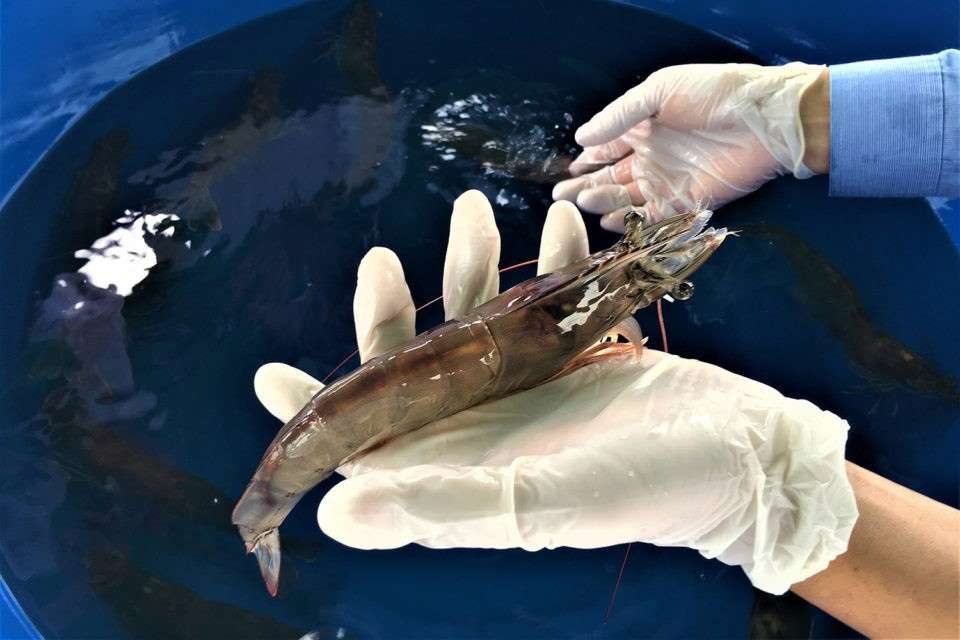
Broodstock without eye stalks increased the survival rate of infected juveniles (under experimental conditions).
The results presented here are under laboratory conditions. However, if the potential of juveniles from uncut broodstock to better survive VpAHPND and WSSV outbreaks is confirmed on a commercial scale, the economic impact on farmers will certainly be very significant.
Indeed, if growers stock their tanks or nursery ponds with postlarvae from broodstock that do not cut the eye stalk, the survival of the stock will be significantly improved compared to postlarvae from the broodstock. when exposed to VpAHPND in the early days of stocking.
Similarly, higher survival rates of juveniles from uncut broodstock stocked in growout ponds can be observed within the first days of WSSV exposure. Therefore, the higher survival rates observed in postlarvae and juveniles from uncut broodstock could reduce losses and bring economic benefits to farmers.
Suong Pham @suong-pham
Source: tepbac.com













